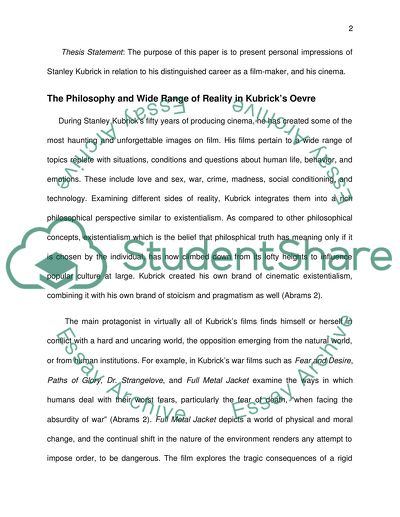Cite this document
(“My impression and comment of Stanley Kubrick and his career Essay”, n.d.)
Retrieved from https://studentshare.org/literature/1426795-my-impression-and-comment-of-stanley-kubrick-and
Retrieved from https://studentshare.org/literature/1426795-my-impression-and-comment-of-stanley-kubrick-and
(My Impression and Comment of Stanley Kubrick and His Career Essay)
https://studentshare.org/literature/1426795-my-impression-and-comment-of-stanley-kubrick-and.
https://studentshare.org/literature/1426795-my-impression-and-comment-of-stanley-kubrick-and.
“My Impression and Comment of Stanley Kubrick and His Career Essay”, n.d. https://studentshare.org/literature/1426795-my-impression-and-comment-of-stanley-kubrick-and.


